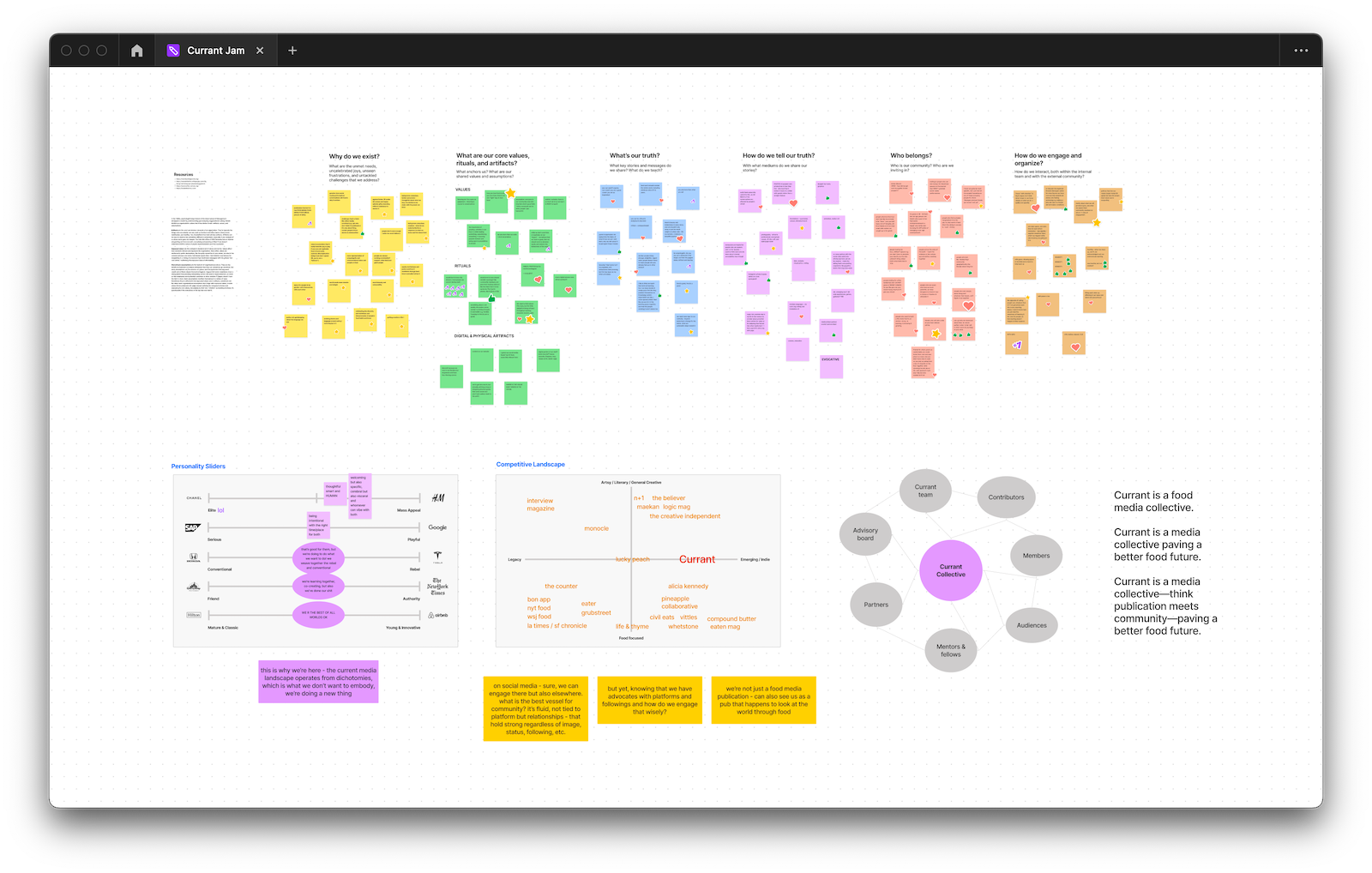This essay originally was published on August 10, 2023 with the email subject line "CT No.179: Spider-Man always gets a hyphen; the plural is Spider-Men."
Is it even possible to critique a film franchise that is too big to fail? With Disney-owned Marvel Entertainment shelling out a whopping $190 million on average for its films, and many like Black Panther (2019) grossing billions of dollars, aesthetic critiques are often waived away and political controversies, especially those about labor, go largely ignored.
Having survived and thrived for decades in the extremely challenging media industry, 60-year-old works like Spider-Man have now become enshrined in consumer culture. Their ability to drive sales and put bodies in seats is a widely studied sociological phenomenon. These commercialized reworkings obtain nearly automatic success, with even financially unsuccessful films producing data that studios can harness at their discretion.
Yes, there are salient critiques about these films and their relationship to, say, machismo violence and superhero worship. But whether movies like the nearly $3 billion-grossing Avengers: Endgame (2019) — making it possibly the highest earning film of all time — constitute good, compelling, interesting, or memorable media is besides the point. As current in-theater offerings like Barbie and the Teenage Mutant Ninja Turtles demonstrate, movies that develop long-standing intellectual property generate value and profits, which give them a nearly unchallengeable position in consumer culture. But does that unchallengeable position have any significant side effects?
Media feelings, media sales
Sometimes IP-related gains aren't obvious. IP-driven films do fail financially, but the massive audiences they reach give entertainment studios data they transform into serviceable market research. That market research ensures future rounds of blockbusters and that studios are activating the right stories for the current social climate. In other words, these films are what marketers call "performance content." With audiences as their guinea pigs, failure is preemptively integrated into their distribution strategy, so even flops produce meaningful data.
More than sales, what makes movie franchises cash cows are their in-built audiences — and the value of fan loyalty cannot be underestimated. For many viewers, these modified movies, television shows, comics, and books retell the stories from their childhood and offer a conversation piece between parents and their children. For others, they are easter egg–packed stories with familiar plot points that fans already enjoy, but with a different focal point, angle, timeline, or outcome. For those outside the primary fan-base, they are fodder for small talk because everyone else is obsessing about them.
Media products ultimately sell feelings — think "look and feel." To a fan, knowing that a piece of media will inspire feelings makes it even more irresistible. With retellings, even when they adapt stories that have dark or challenging arcs, warm, fuzzy, and sentimental feelings are nearly guaranteed. (Go to an AMC theater and wait for people to react to Nicole Kidman's appearance during the previews if you don't believe me.)
Meanwhile, media producers are attracted to recognizable IP because its preexisting content and audiences reduce financial risk. The permutations achieved through repetitive, slightly transformed subsidiary works are limitless. Viewers sense this potential, and franchise adaptations carry within them the implicit promise that their stories will never truly end — and that is an indisputably seductive proposition for both consumers and producers.
Retellings can be a useful concept for content professionals who want to develop their own intellectual property or better understand the batteries of profit that inventions of the mind can produce. From Tobey Maguire's weirdly adult Spider-Man in 2002, to later reprises featuring Andrew Garland and Tom Holland, to Disney Junior's recent Spidey series for kids and the Spider-Verse films, the strategy remains the same: keep intellectual property familiar enough that audiences don't have to think too much about its actual content.
Enter the Spider-Verse
While animated superhero movies are not my go-to form of entertainment media, a friend and I went to see the new Spider-Man movie, Spider-Man: Across the Spider-Verse (2023). I hadn't seen the first movie in the series, Spider-Man: Into the Spider-Verse (2018), but I was curious about the hype and why so many people I know were saying that a children's cartoon was a must-see. For me, the movie was less entertaining than it was intriguing because, due to its self-reflexive content, I was unwittingly forced to consider how and why it was made.
As their titles cheekily imply, these two new Spider-Man films were marketed as family-friendly retellings adapted for a more diverse, international audience. They also toy with the buzz around metaverses. In one corner of the tech world, metaverses are heralded as the second coming of the internet (this time, make it immersive), but without much evidence to clarify what they are or why they would be appealing to humans who enjoy living in the real world without headsets. (The more concise definition is that metaverses are interactive environments where content can be expanded and restaged indefinitely.) As ongoing franchises like Star Wars, Star Trek, and The Lord of the Rings make obvious, metaverses are not new or innovative. Subject to the same boosterism that has elevated artificial intelligence and blockchain into executive talking points, metaverses are more of the same stories albeit with renovated means of distribution.
For many viewers, updating an old story is enticing enough. Rewatching or re-experiencing their beloved storylines provide on-demand creature comforts. It feels good to watch something you are familiar with.
That said, the repetitive and familiar comforts recognizable IP provides may also be putting a cudgel into the industry. Looking at flops like Pixar's Elemental (2023), which received a standing ovation during its premiere at the Cannes Film Festival but tanked at the box office, media insiders have suggested that Disney and other streaming giants have engendered an industry-wide change in consumer behavior.
As a Box Office Pro chief analyst told Variety, "the shifting of consumer behavior is less on the Pixar team itself and more on the former Disney leadership that siphoned three of the animation hub's films to streaming as part of a broader strategy." That broader strategy means consumers sometimes skip the theater altogether. Either way, Disney seems to be willing to gamble, as their most profitable films give them room to experiment and test what appeals to contemporary audiences.
The removable center
The Spider-Man character has transformed in film and in print hundreds, if not thousands, of times, with each new character adopting a slightly different costume, attitude, and body. But these iterations emphasize the franchise's storytelling hallmarks. Across the Spider-Verse calls these "canon events," explicitly discussing the narrative conventions that transform a recognizable trademark like Spider-Man into a copyrightable media format like a comic or film.
Within Across the Spider-Verse, the story tent poles remain the same: among other examples, every Spider-Man is bitten by a radioactive spider, each Spider-Man has their own counterpart Gwen Stacy, and every father figure of a Spider-Man in the film must be a police officer. Any experimentation within the narrative must abide by these arbitrary guidelines, while the variable complexities of the real world become what I call a "removable center." If Spider-Man changes from Peter Parker to Miles Morales, it doesn't really matter. Spider-Man (hyphen included) is what gives the IP superpower.
This transformative IP strategy allows companies to retrofit stories for discrete audiences and test the magnetism of the slightly modified content, shifting cultural signifiers for diverse and profitable global audiences, while still maintaining the cultural hallmarks of the original story.
Like coloring an already outlined drawing, transformative IP also illuminates how tone, mood, setting, and literally color change how audiences receive content. Collectively, these elements, which are conveyed through the senses, tell us how to feel and perceive content. In some cases, just changing up the patterns of red and blue in Spider-Man's suit winks at other "canon" storylines. So while the content at its center is removable, and certain qualities can be changed, recognizable aspects of the original story must be maintained.
To be vastly resourced and incorporated
If the sizable profits the franchise produces make meaningful critique impossible, the vast resources devoted to producing the film present another barrier. Most commentary around the film — there isn't much criticism — focuses on the innovative animation style, which combines 2D and 3D renderings to give the movies a distinct, branded look. Describing the film's visuals for the Los Angeles Times, entertainment business reporter Ryan Faughnder said they evoke "the imagery and movement of classic comic book pages while also giving the movie a unique feel, along with its multiversal glitches." Even the animation itself is meta.
It's undeniable that IP-films are designed to produce exorbitant mounds of cash while, too, appealing to a largely varying, international demographic. But in a way, that's what creates the awkward effect I'm coining as "the metaCurse." Content affected by the metaCurse is usually:
- So engorged and over-resourced that its media commodities are guaranteed money-makers, no matter their quality
- Frequently make appeals to audiences so broad that they have over-explain or drastically simplify allegedly controversial topics like sex, race, gender, and identity
- Enmeshed in contradictory political themes that show an awareness to contemporary attitudes on the one hand but an insensitivity to how they are represented in the content on the other, creating something like an inherent bothsidesism within many works
In my view, Across the Spider-Verse satisfies these criteria. The 140-minute film could have been shortened by at least an hour. As for the second and third stipulations, I'm still trying to wrap my head around why the first Black woman Spider to appear on screen is pregnant and riding a motorcycle.
Enter the metaCurse
The metaCurse arises when a recognized entity or brand — usually at the international level — gets churned through so many contradictory transformations that it becomes possible, albeit unnecessary, to create stories about how the entity is produced, changing, and related to its various subsidiary entities. Literally metanarratives, stories about stories, the issue with Hollywood's exploitation of the literary form of metafiction is that the stories aren't designed to make the audience think about the circumstances of their production — and they're not supposed to.
As a viewer, I draw the line at being force-fed dogma and orthodoxy about a creative work designed to appease long-time fans. I have no issue with canon events as a storytelling mechanism, but once the work is itself referencing its own references of canonical events, then I'm no longer watching a creative intention: I'm watching clearly self-aware animators and writers apologizing for their content pollution they have created in exchange for cash.
There's even a self-awareness about this compromised position within the film, when Miguel O'Hara, also known as Spider-Man 2099, jokes that Peter Parker is their best Spider-Man yet. In an interview with Rolling Stone earlier this year, Chris Miller, one of movie's writers, acknowledged the metanarratives embedded in metanarratives can be draining on audiences. "If you're using the same story structure and the same style and the same tone and the same vibe as movies and shows that have come before, it doesn't matter what genre it is," Miller said. "It's going to be boring to people."
For people who love Spider-Man — or really any form of hyper-distributed intellectual property — I wonder if such pandering to the part of the market that is never going to say no to a new iteration is even worth it. Like memorabilia, it's cute until you see it collected into one large pile that underscores its status as unused clutter.
The metaCurse and zombification
With the metaCurse, it becomes unclear when things begin and end, what their boundaries are, and what belongs to whom — the companies that are gaining the most profit from IP-driven media rarely produced the original IP after all. Branded stories are zombified, condemned to forever regurgitate profit while they drift further from their original source while strategically retaining certain recognizable structures. In other words, they will be slowly gutted, hallowed to satisfy market demands depending on the culture.
The issue here isn't that these stories are reduced to husks for profits, but that they're being reduced to husks for what is positioned as cultural research. But because of the size and scope of these stories, it's likely the metaCurse is shaping the market, not observing audience behavior.
If the price of mass appeal is recycling stereotypes, and forcing animators into unsustainable working conditions that are considered the worst across the industry, then maybe the money isn't worth it after all. All things considered, what the metaCurse reveals is that the entertainment industry itself is lost in the plot and looking for content it can sell to us indefinitely and without friction.
Wyatt Coday is an artist, writer, and researcher who lives in Los Angeles. She directs NOR Research Studio, a research design firm that develops intellectual property for artists, nonprofits, and media companies. She also contributes to DISPASSION, a newsletter about art, media, and detachment.
Hand-picked related content





